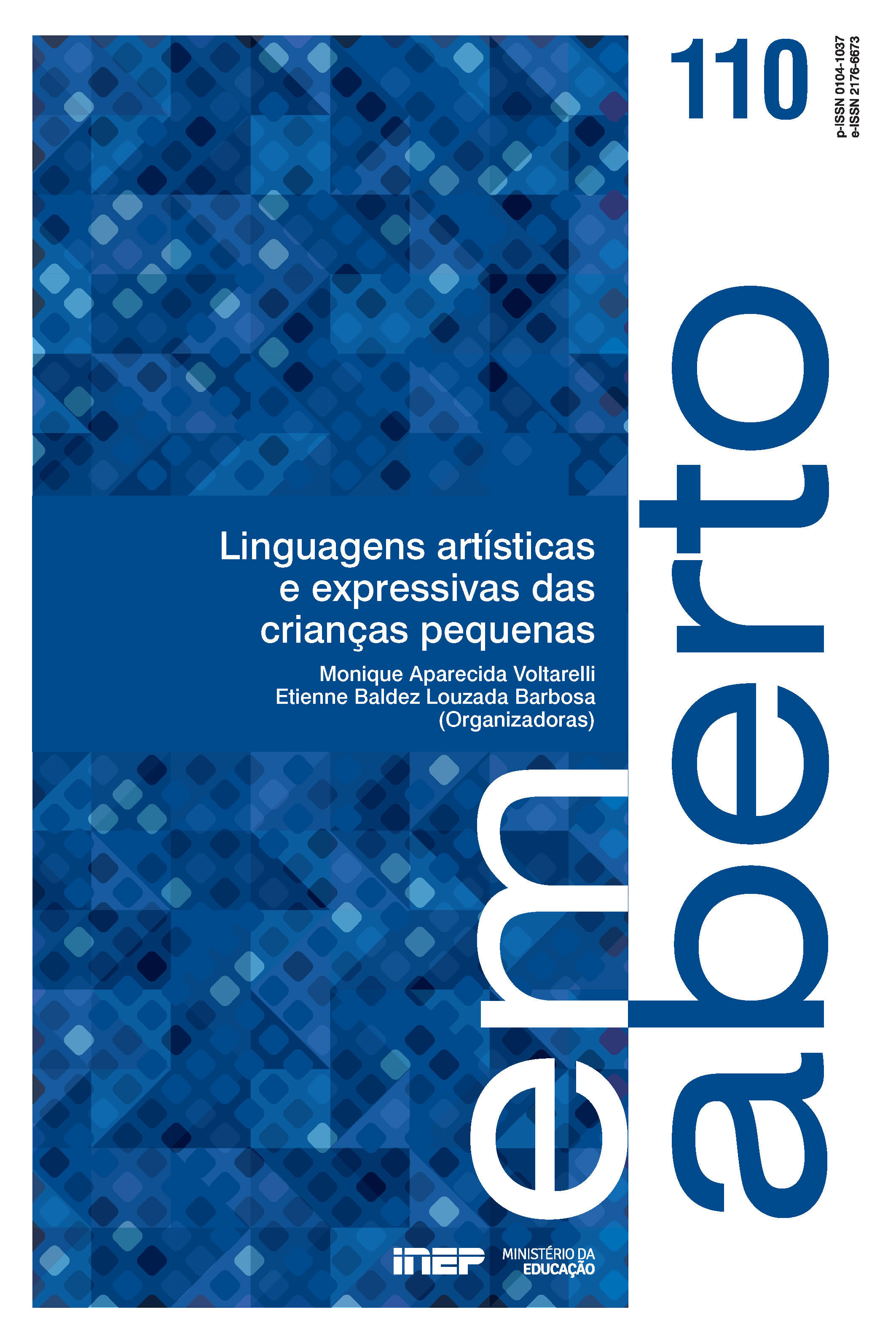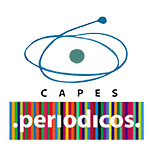O peso “leve” do Teatro Mignon
Resumo
O Teatro Mignon é uma forma de comunicação que destaca os aspectos teatrais da dimensão educacional. É um teatro “leve”, expressivo, simples e complexo ao mesmo tempo, com todas as características fundamentais que marcaram o teatro desde suas origens. É um lúdico teatro de vida que se baseia em dois pontos fundamentais (prossegue com calma e de acordo com as regras do jogo dramático) e que tem quatro características (é à la carte, multissala, artesanal e infinito). Aqueles que o praticam acompanham a narração (de uma história, de um pensamento, de um caráter psicológico) com elementos sutis e imperceptíveis, para que tenham “uma gravidade sem peso”. O Teatro Mignon aproxima aqueles que o praticam da busca feita pelos diretores e atores das correntes contemporâneas do teatro. Baseia- se na dimensão lúdica da relação educacional; a brincadeira, a vida e o teatro se entrelaçam e dão vida a uma ação teatral que se dirige aos outros, mas que também diz respeito a si. O adulto que usa o jogo teatral se encontra no âmbito que, para as crianças, é chamado de “jogo de ficção”.
Downloads
Referências
ALASJARVI, U. Il gioco drammatico: proposte pratiche per usare il tempo con i bambini. Torino: Musolini, 1978.
ALLEGRI, L. Prima lezione sul teatro. Roma-Bari: Editori Laterza, 2012.
ARTAUD, A. L’ombilic des limbes. Paris: Gallimard, 1968.
BATESON, G. Verso un’ecologia della mente. Milano: Adelphi, 1976.
BENEVENTI, P. Introduzione alla storia del teatro-ragazzi. Firenze: La Casa Usher, 1994. Falta a p. da citação na p. 6.
BROOK, P. La porta aperta. Torino: Einaudi, 1993.
CAILLOIS, R. I giochi e gli uomini: la maschera e la vertigine. Milano: Nuovo Portico Bompiani, 1981.
CALVINO, I. Lezioni americane: sei proposte per il prossimo millennio. Milano: Mondadori, 1993.
CARSE, J. P. Giochi finiti e infiniti: la vita come gioco e come possibilità. Milano: Mondadori, 1987.
Ceméa ver Fédération International des Ceméa (Ficeméa)
CHANCEREL, L. Les jeux dramatiques: éléments d’un méthode. Paris: Les Éditions du Cerf, 1936.
DEWEY, J. How we think: a restatement of the relation of reflective thinking to the educative process. Boston: Heat, 1933.
DEWEY, J. L’arte come esperienza. Firenze: La Nuova Italia, [1934] 1953. DULLIN, C. Souvenir et notes de travail d’un acteur. Paris: Odette Lieutier, 1946.
DULLIN, C. La ricerca degli Dei: pedagogia di attore e professione di teatro. Firenze: La Casa Usher, 2005.
FÉDÉRATION INTERNATIONALE DES CEMÉA (Ficeméa). Ficeméa: le projet politique. Bruxelles, Bélgique, [s.d.]. Disponible en: <https://ficemea.org/>. Accès en: 24 févr. 2021.
FERRIÈRE, A. L’educazione attiva. Firenze: Marzocco, [1920] 1947. FINK, E. Il gioco come simbolo del mondo. Milano: Lerici, 1969.
GOETHE, J. W. Gli anni di apprendistato di Wilhelm Meister. A cura di Anita Rho, Emilio Castellani. Milano: Adelphi, [1795] 1974.
GROTOWSKI, J. Per un teatro povero. Roma: Bulzoni, 1968. HUIZINGA, J. Homo ludens. Torino: Einaudi, [1939] 1979.
MANFERRARI, M.; FABRETTI, R. Un alfabeto di 21 lettere: appunti per un percorso tra il nido ed il teatro. Bologna: Pendagron, 2006.
MAZZAGLIA, R. Virgilio Sieni: archeologia di un pensiero coreografico. Napoli: Editoria & Spettacolo, 2015.
OBERLÉ, D. Le jeudramatique. Vers l’Educationi Nouvelle, Paris, n. 355, p. 32, 1981.
OLIVA, G. Educazione alla teatralità: il gioco drammatico. Arona: XY.IT Editore, 2010.
PIAGET, J. La formazione del simbolo nel bambino. Firenze: La Nuova Italia, 1974.
PITTARELLI, V. Io sono Griot: la figura del Griot tra tradizione e modernità. [S. l.: S. n.], 2017. E-book.
STACCIOLI, G. Ludobiografia: raccontare e raccontarsi con il gioco. Roma: Carocci, 2010.
STACCIOLI, G. Il teatro in tasca: itinerari nel Teatro Mignon. Faenza: Kaleidos, 2019.
STANISLAVSKIJ, K. S. L’attore creativo: conversazioni al teatro Bol’soi (1918- 1922). A cura di Fabrizi Cruciani e Clelia Falletti. Firenze: La Casa Usher, 1980.
VYGOTSKY, L. S. Il ruolo del gioco nello sviluppo mentale del bambino. In: BRUNER, J. S.; JOLLY, A.; SYLVIA, K. Gioco: il gioco in un mondo di simboli. Roma: Armando Editore, 1981. v. 4, p. 657-678.
WINNICOTT, D. W. Gioco e realtà. Roma: Armando Editore, 1974.
Copyright (c) 2021 Em Aberto

This work is licensed under a Creative Commons Attribution-NonCommercial 4.0 International License.
A aceitação do texto implica automaticamente a cessão de seus direitos autorais ao Inep.
A revista Em Aberto adota a licença CC-BY.
A reprodução total ou parcial dos textos da revista é permitida desde que citada a fonte de publicação original e o link para a licença CC BY 4.0 e que sejam indicadas eventuais alterações no texto.













